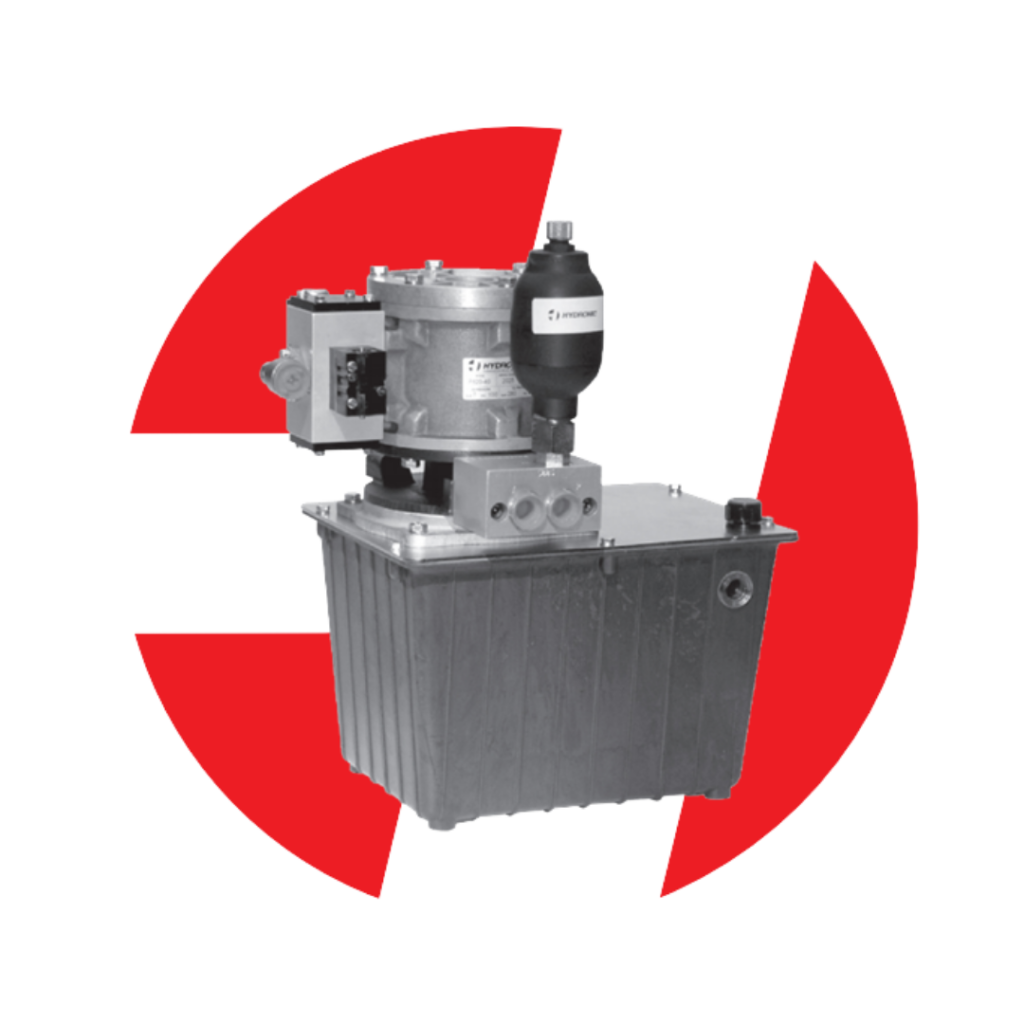Obediant to System Conditions
If the system downstream is open to the atmosphere or to a tank, the pump will move fluid at the fastest rate it can, given the air energy applied to it. If the resistance to flow downstream is increased a little, the pump will slow its speed to give a little less flow at the pressure required, using the air energy efficiently. When the resistance to flow is increased above the pump’s ability to overcome the pressure required, the pump will cease to function, generating only pressure at the intensified ratio of the air energy. If the ratio of the pump’s oil and air-surface areas is 40: 1, using air pressure at 50 psi will see the pump stalled giving no flow and generating 2,000 psi. The analogy of these three situations can be visualized using just the pump with a simple ball-type shut-off valve in the fully open, partly open, and fully shut positions. This graphic visualization leads us to identify applications ranging from fluid transfer through general hydraulic power to pore pressure generation. We can divide them into categories to mark the special features of air-driven fluid pumps.

